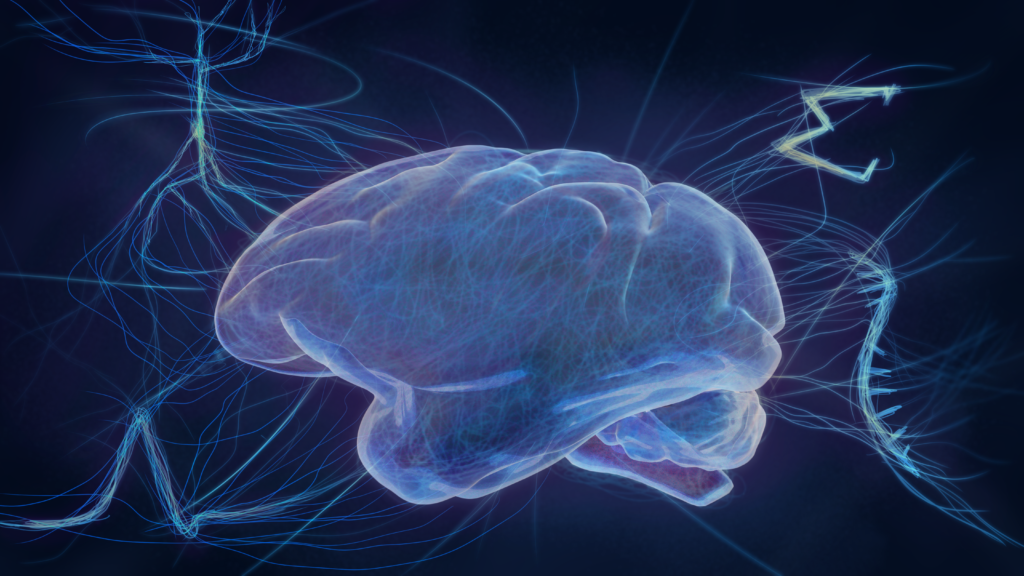Working memory and the "fabric" of neocortex
Holding a thought in mind is one of the human brain's most remarkable tricks. Mental representations independent of sensory input and the execution of motor output are a step up in brain evolution: these representations exist in a 'virtual space', so that the brain can use information acquired in the past to solve complex problems, “simulate” situations, and “predict” future outcomes without the need to invest energy in motor actions. How did these representations arise during evolution of the brain? Current evidence indicates that representations of this kind arose relatively late in evolution, with the development and expansion of the prefrontal cortex (PFC).
Our international team of researchers in the United States, Canada, and Germany is working to understand this question through a combination of electrophysiology, immunoelectron microscopy, transcriptomics, and mathematical modeling. We aim to understand the mechanisms underlying working memory, in which information is maintained for several seconds to guide a subsequent behavioral response, ranging from the genetic code for single ion channels to the physiological architecture of highly interconnected neuronal circuits in PFC. Working memory representations may hold the key to human intelligence and evolutionary success, as well as to understanding complex mental disorders such as schizophrenia.
Our international team of researchers in the United States, Canada, and Germany is working to understand this question through a combination of electrophysiology, immunoelectron microscopy, transcriptomics, and mathematical modeling. We aim to understand the mechanisms underlying working memory, in which information is maintained for several seconds to guide a subsequent behavioral response, ranging from the genetic code for single ion channels to the physiological architecture of highly interconnected neuronal circuits in PFC. Working memory representations may hold the key to human intelligence and evolutionary success, as well as to understanding complex mental disorders such as schizophrenia.
Open Science
We are creating a multi-modal, multi-scale approach to understand working memory. The labs collaborating across our NeuroNex consortium will combine transcriptomics, ultrastructural localization of key proteins, intracellular recordings, and multielectrode extracellular recordings during cognitive tasks. We are building on these efforts by creating a publicly accessible database and open-access codebase for analysis and simulations. Check our GitHub site for coming updates!
We are a team bridging biology, neuroscience, and computational modeling spanning four Interdisciplinary Research Groups (IRGs)
IRG 1
Extracellular electrophysiology during working memory tasks
IRG 2
Intracellular cell-type-specific recordings of the neurons involved in working memory
IRG 3
Transcriptomic profiling and molecular methods for neurons in prefrontal cortex
IRG 4
Integrative analysis and modeling bringing data together with mathematical theories of working memory

